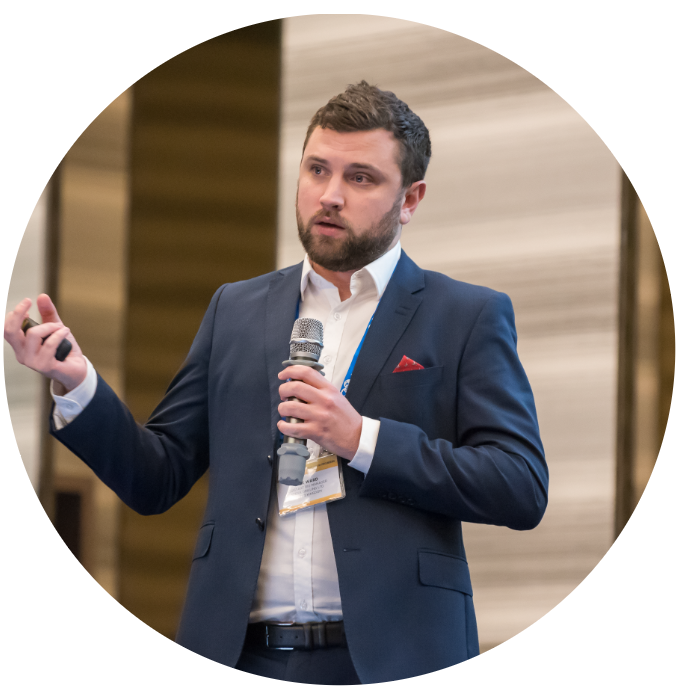
“Managed pressure drilling (MPD) has been around for a long time”, says Nick Ward when we meet in his office in Tullos, Aberdeen. Nick oversees the MPD business line at Stena Drilling, the Swedish maritime company that manages five high-spec deepwater drillships and one semisub out of their main operational hub in the granite city.
“Around 2010, a few operators began utilising MPD for deepwater drilling applications,” says Nick. “At the time, this would involve the operator commissioning an MPD contractor to supply and rig up MPD equipment on a given drilling rig on a well-by-well basis, which made the whole exercise very expensive because it was a single well operation that had to pay for it all. Around this time, Stena Drilling was contracted for an MPD project in Angola for Statoil (now Equinor), which allowed us to observe this costly MPD model close up and realise there was an opportunity to improve the process. This triggered a board-level decision to equip our fleet with permanently installed MPD systems, driven by the realisation that it would seriously reduce the costs for our customers.”
It was a decision that would earn itself back very soon because the Guyana-Suriname basin opened up. “The timing was great,” Nick adds, “and this is particularly thanks to one exploration well in Guyana that really proved the value of the technology.”
The well was targeting a deep carbonate succession, with the associated risks of fluid losses. “Our MPD capability allowed our client to de-risk this well to the extent that it would probably not have been drilled otherwise,” says Nick.

Since then, most operators have required MPD to be fitted on deepwater drilling vessels. “Regulators have also cottoned on to the enhanced safety aspects the technology offers, so also from that direction there are questions being asked when operators don’t include it in their drilling plans.”
But it is also the more complex nature of drilling targets that has contributed to the advance of MPD. “HPHT prospects with narrow pressure windows and drilling into (partially) depleted reservoirs are all factors that have caused the technology to be used much more widely in deepwater drilling these days,” Nick concludes.

